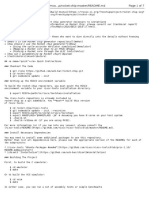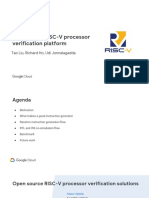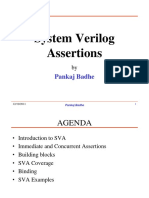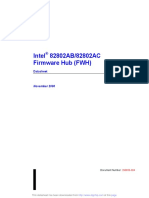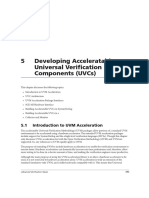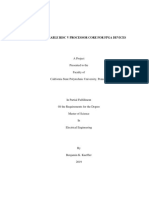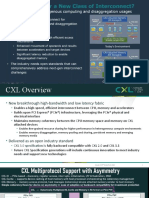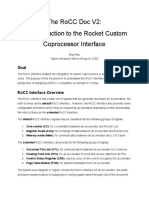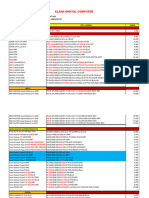0% found this document useful (0 votes)
191 views30 pagesRISC-V Rocket Chip Guide
This document provides an overview of the Rocket Chip generator and how to configure and simulate different System-on-Chip configurations using it. It describes the key folders and files in the Rocket Chip source code, how to specify parameters to generate different SoC configurations, and how to build and run the C++ emulator to simulate the generated designs. It also provides guidance on how to add new parameters, accelerators, and ISA extensions to Rocket Chip configurations.
Uploaded by
Walt WangCopyright
© © All Rights Reserved
We take content rights seriously. If you suspect this is your content, claim it here.
Available Formats
Download as PDF, TXT or read online on Scribd
0% found this document useful (0 votes)
191 views30 pagesRISC-V Rocket Chip Guide
This document provides an overview of the Rocket Chip generator and how to configure and simulate different System-on-Chip configurations using it. It describes the key folders and files in the Rocket Chip source code, how to specify parameters to generate different SoC configurations, and how to build and run the C++ emulator to simulate the generated designs. It also provides guidance on how to add new parameters, accelerators, and ISA extensions to Rocket Chip configurations.
Uploaded by
Walt WangCopyright
© © All Rights Reserved
We take content rights seriously. If you suspect this is your content, claim it here.
Available Formats
Download as PDF, TXT or read online on Scribd
/ 30

